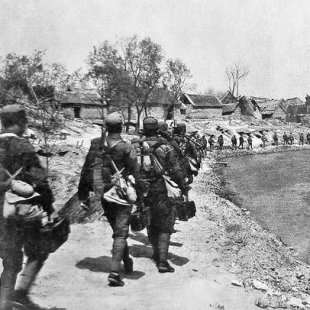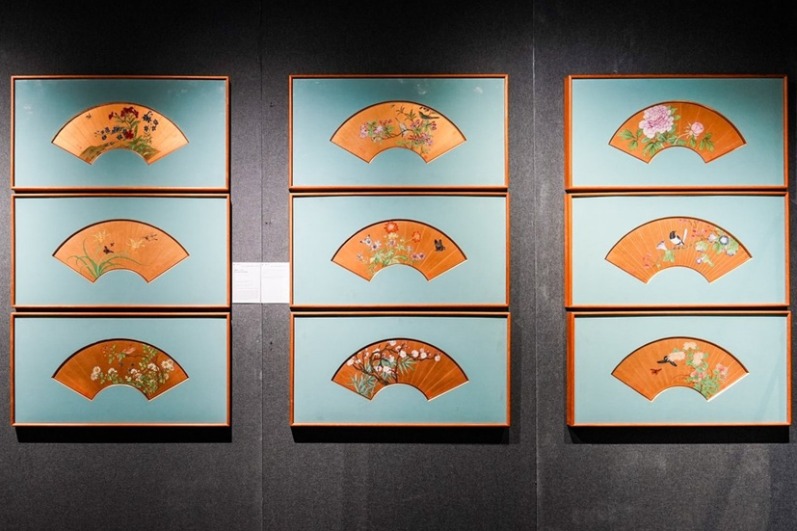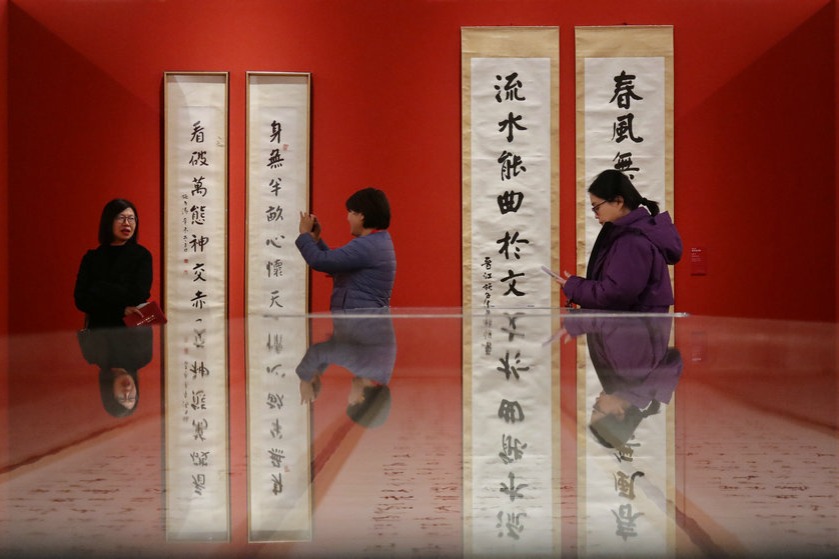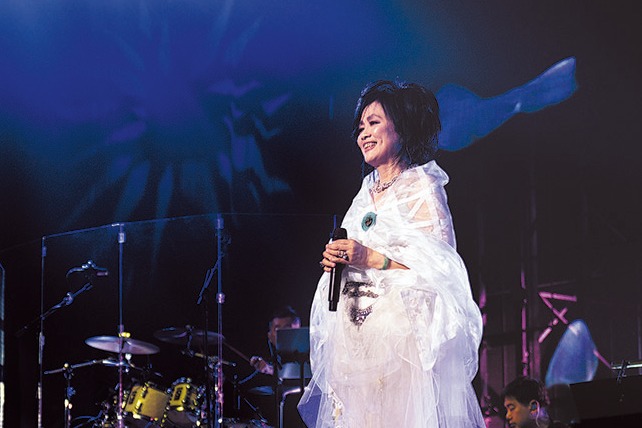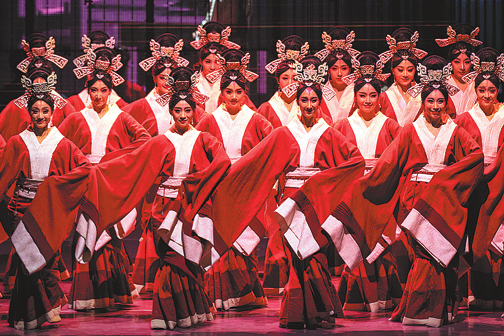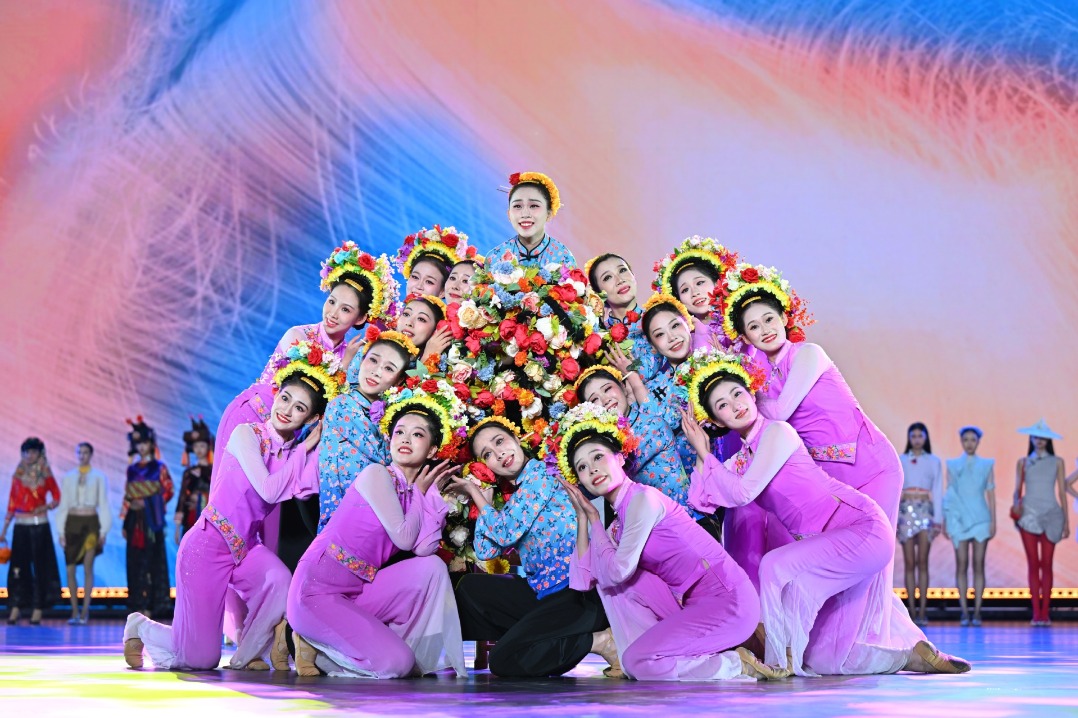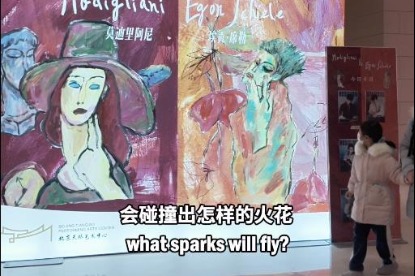Where bullet holes still speak
Village rises from ashes of war to become a model of rural vitalization, Zhao Ruixue reports in Zaozhuang, Shandong.

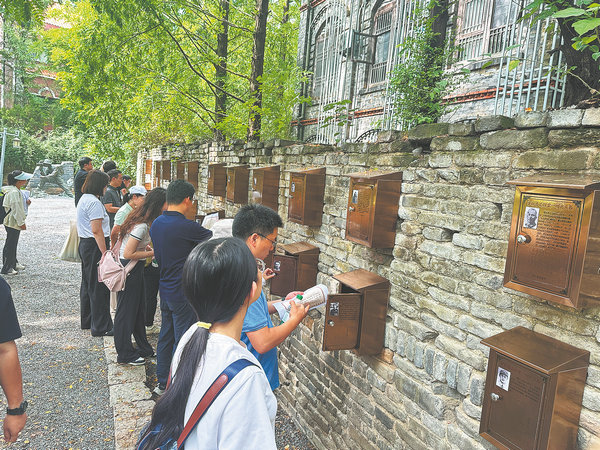
"To the names of small towns famous as turning points in history — the Waterloo, Gettysburg, Verdun — we can add another. It is Taierzhuang, an ancient brick-walled settlement on the banks of China's Grand Canal," reads an article written by war photographer Robert Capa, whose photos about the battle are now on show in the Taierzhuang War Memorial Hall.
"After the fierce battle, over 90 percent of the structures in this once-prosperous canal town lay in ruins," says Wang Mi, former deputy director of the historical archives office of the Taierzhuang Ancient Town Management Committee. There was not a single wall untouched by bullets, not a patch of earth not soaked by blood, Wang adds.
Today, the town has been rebuilt in the style of the Ming (1368-1644) and Qing (1644-1911) dynasties, preserving 53 wartime relics while reviving its historic charm. It is now a major cultural and patriotic destination.
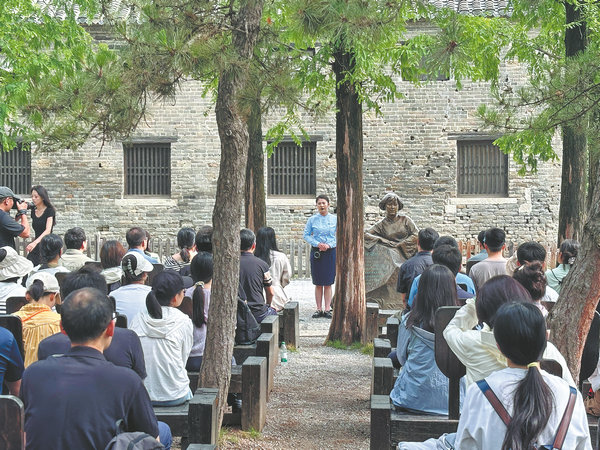
On Yuehe Street, once a strategic alleyway, a sculpture of two soldiers crouching behind sandbags re-creates the fierce fighting that took place there. "This narrow lane saw some of the most intense close-quarters combat," says Zhang Ruirui, a guide.
A Japanese military report, now displayed at the Taierzhuang War Memorial Hall, described the Chinese defenders' tenacity, "Even as enemies, we could not help but admire their bravery. They fought to the last man in those cramped trenches, their bodies piled atop one another. They simply refused to surrender."
Nearby, a mosque was another bloody battleground. For seven days and nights, Chinese and Japanese soldiers fought for control over a 28-meter-tall crucial vantage point. The Chinese soldiers eventually eliminated hundreds of Japanese troops despite suffering heavy casualties.
Inside the mosque, a 400-year-old cypress and a wall riddled with bullet holes still tell the story that unfolded 87 years ago.
"The restored town blends battle history with canal culture, featuring over 30 exhibition halls and 400 businesses," says Huang Xiaoli, assistant general manager of Zaozhuang Cultural Tourism Group.


